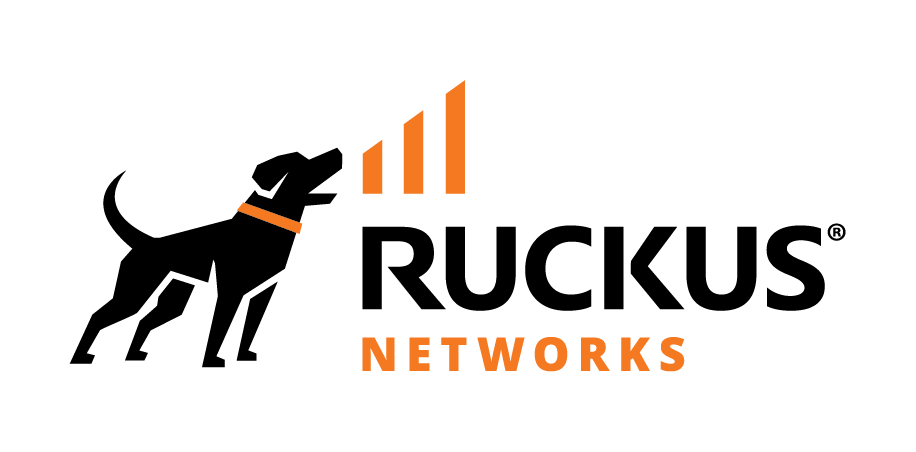- Community
- RUCKUS Technologies
- RUCKUS Lennar Support
- Community Services
- RTF
- RTF Community
- Australia and New Zealand – English
- Brazil – Português
- China – 简体中文
- France – Français
- Germany – Deutsch
- Hong Kong – 繁體中文
- India – English
- Indonesia – bahasa Indonesia
- Italy – Italiano
- Japan – 日本語
- Korea – 한국어
- Latin America – Español (Latinoamérica)
- Middle East & Africa – English
- Netherlands – Nederlands
- Nordics – English
- North America – English
- Poland – polski
- Russia – Русский
- Singapore, Malaysia, and Philippines – English
- Spain – Español
- Taiwan – 繁體中文
- Thailand – ไทย
- Turkey – Türkçe
- United Kingdom – English
- Vietnam – Tiếng Việt
- EOL Products
- RUCKUS Forums
- RUCKUS Technologies
- ICX Switches
- enable web management
- Subscribe to RSS Feed
- Mark Topic as New
- Mark Topic as Read
- Float this Topic for Current User
- Bookmark
- Subscribe
- Mute
- Printer Friendly Page
enable web management
- Mark as New
- Bookmark
- Subscribe
- Mute
- Subscribe to RSS Feed
- Permalink
- Report Inappropriate Content
10-14-2019 11:33 AM
I apologize for the simple questions, but just inherited a
large campus network with numerous ICX switches that is basically a large dumpster
fire.
Until I can get up to speed on the IOS, I want to enable Web management without the risk of causing any issues.
I can ssh just fine into the switch.
Changed “no web-management http” to “web-management http”, but can’t log in.
I assume I need to add: “aaa authentication web-server default local”
Just want to confirm that?
Thanks again & I really appreciate any response.
Cheers!
- Mark as New
- Bookmark
- Subscribe
- Mute
- Subscribe to RSS Feed
- Permalink
- Report Inappropriate Content
10-15-2019 07:06 AM
Below are commands that helped me get to the web interface. The switch needs an IP Address to gain access to the web interface.
hostname Main1_7150_C48P_ZP
enable super-user-password [ password ]
no enable super-user-password [ password ]
(Only for Layer 3 Router)
interface ethernet 1/1/47 (You choose the interface, Possibly the management Interface)
ip address 192.168.X.5 255.255.255.0
write memory
(For Layer 2 Switch)
ip address 192.168.X.5 255.255.255.0
ip default-gateway 192.168.X.1
write memory
To gain access to the web interface
crypto-ssl certificate generate
username [ username ] password [ password ]
aaa authentication login default local
aaa authentication web-server default local
write memory
- Mark as New
- Bookmark
- Subscribe
- Mute
- Subscribe to RSS Feed
- Permalink
- Report Inappropriate Content
10-15-2019 07:18 AM
On the Layer-3 firmware, most IPs will go on the VE's or a loopback for routing protocols. The VEs are the VRIs (Virtual Router Interfaces), and are referred to as SVIs(Software Virtual Interfaces) on Cisco.
i.e. int ve 123 on the Ruckus vs int vlan 123 on a Cisco.
Other than that, you have untagged interfaces under a VLAN to assign access ports. If you use the TAGGED keyword under vlan and add interfaces, they are 802.1q trunk ports (i.e. same as dot1q on Cisco). If you have both, the vlan an interface is untagged within serves as its native vlan, which used to be referred to as dual-mode if you see older documentation.
Hope that helps.
Hope that helps.
-
7250
1 -
802.3af PoE
1 -
802.3at PoE
1 -
AAA
1 -
ACL
1 -
auto-provision
1 -
auto-provisioning
1 -
Cluster synchronization
1 -
Crypto Keys
1 -
Deployment
1 -
dhcp-66
1 -
fastiron-10
1 -
fastiron-8
1 -
Firmware Upgrade
4 -
ICX
3 -
ICX 7150-C12p
1 -
ICX switch
2 -
ICX Switch Management
9 -
ICX-7150-C12
1 -
ICX-7550
1 -
ICX-8200
1 -
Installation
2 -
not enough electricity
1 -
overlad
1 -
Override PoE Operating Mode
1 -
PD overload
1 -
Poe
2 -
PoE mode.
1 -
power limitations
1 -
Proposed Solution
1 -
RADIUS
1 -
Routing
2 -
RUCKUS Self-Help
2 -
stack
1 -
stack password
1 -
Stacking
1 -
tftp
1 -
Upgrade
1 -
Upgrade path
1 -
We
1 -
zero-touch
1
- « Previous
- Next »

